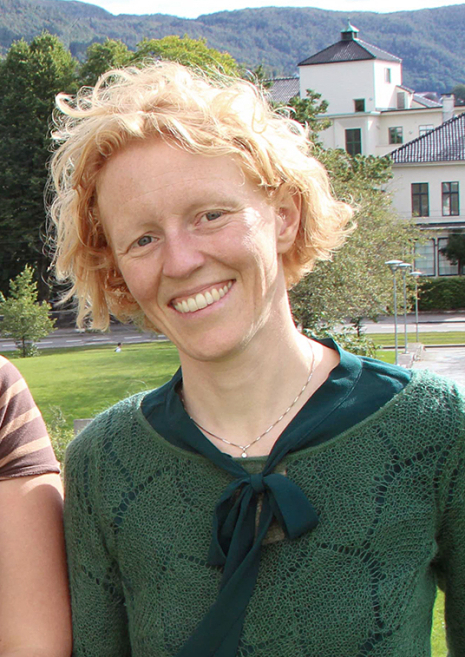
From cold outflow to warm inflow – Norwegian Oceanographic Research in the Weddell Sea, Antarctica
Foredrag ved Elin Darelius Chiche, Universitetet i Bergen.
"Fra kaldt til varmt - Norsk oseanografisk forskning i Weddellhavet, Antarktis"
From cold outflow to warm inflow – Norwegian Oceanographic Research in the Weddell Sea, Antarctica
In the 1970-ies, Arne Foldvik & co discovered that the outflow of cold, dense Ice Shelf Water from the Filchner-Ronne ice shelf in the southern Weddell Sea take part in the formation of Antarctic bottom water, a water mass that we find at the bottom of the majority of the world’s oceans. For many years – decades - this cold outflow was the focus of Norwegian cruises and research in the area.
But Antarctica is changing. Around the continent, temperatures are rising and ice shelves are thinning, accelerating the flow of ice from land towards the sea and causing the sea level to rise. Models suggest that dramatic changes are imminent in the Weddell Sea – warm water is to flood the continental shelf and the ice shelf cavity. Consequently, the focus of the oceanographic research in the area has shifted; from cold to warm, from outflow to inflow. At the same time, new technology allows us to observe what was never observed before.
I will take you on a journey to the Weddell Sea, through the history of Norwegian Antarctic Oceanographic Research, explaining what we have learnt along the way and what we still need to find out.
Elin Darelius is an associate professor in physical oceanography at the Geophysical Institute, University of Bergen. She obtained her PhD at the same institute a decade ago, and has since then worked mostly in Antarctica, combining observations with theory and laboratory work.
